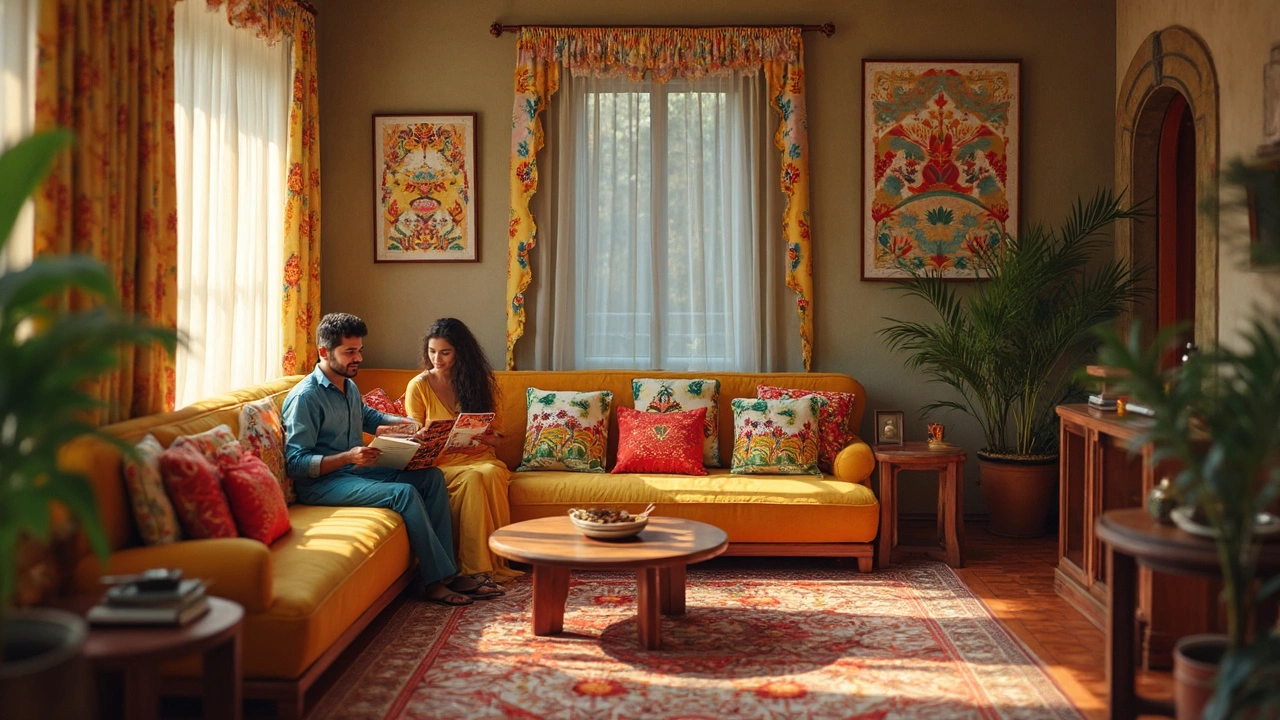Furniture Market Overview: What’s Driving Growth in India?
India’s furniture market is buzzing with activity. A growing middle class, rapid urbanisation and a surge in online shopping have turned the sector into a hotbed for both global giants and local artisans. If you’re wondering why everyone’s talking about furniture right now, it’s because demand is outpacing supply and new players are stepping in with fresh ideas.
Why IKEA Is Betting Big on India
One of the biggest headlines this year was IKEA’s aggressive push into the Indian market. The company sees a huge playground: a rising number of first‑time homeowners, affordable local suppliers and a cultural shift toward modern, flat‑pack designs. IKEA isn’t just opening stores; it’s partnering with Indian manufacturers, setting up regional hubs, and even training local craftsmen on its standards. The result? Faster product roll‑outs, lower costs and a design language that blends Scandinavian simplicity with Indian tastes.
Luxury Furniture and Home‑Made Choices
While IKEA targets the mass market, a niche segment is flourishing with high‑end furniture brands. Consumers who want prestige interiors are looking at names like Godrej Interio, Nilkamal and a host of boutique designers that showcase handcrafted wood, marble finishes and bespoke detailing. This luxury tier thrives on storytelling – each piece often carries a heritage narrative that justifies a higher price tag.
Speaking of wood, the choice of material is a big factor in both price and durability. In India, teak, sheesham and mango wood dominate the market. Teak offers natural resistance to pests and moisture, making it a favorite for outdoor sets. Sheesham, with its rich grain, is popular for living‑room frames, while mango wood provides an affordable, eco‑friendly alternative for young families.
Beyond material, the supply chain is evolving. Global furniture manufacturing hubs such as China, Vietnam and Poland still ship large volumes to India, but local production is catching up fast. Small‑scale factories in states like Gujarat and Tamil Nadu are leveraging government incentives, investing in CNC machines and adopting lean manufacturing practices to cut waste and improve quality.
Another trend reshaping the market is the rise of e‑commerce platforms. Websites and apps now let shoppers visualise furniture in their own rooms using augmented reality. This tech boost reduces the hesitation of buying big items online and shortens the sales cycle for retailers.
For anyone thinking of entering the furniture business, the key takeaways are clear: understand the local wood preferences, align with the digital buying journey and consider partnerships with established brands to gain credibility. Whether you’re a supplier, a designer or a retailer, the Indian furniture market rewards those who blend traditional craftsmanship with modern technology.
Bottom line – the furniture market in India is a mix of massive scale and personalised luxury. It’s a space where big players like IKEA coexist with boutique makers, and where material choices, tech adoption and supply‑chain efficiency decide who wins. Keep an eye on consumer taste shifts, stay adaptable, and you’ll find plenty of room to grow.

India's Largest Furniture Brand: Where Size Meets Style
Hungry to know which furniture brand rules the Indian market? This article digs into India's biggest furniture powerhouse, reveals what makes it stand out, and gives tips for buyers curious about quality and range. Expect fun facts about the Indian furniture industry, and a frank talk about how these big brands can impact your home setup. Whether you’re a first-timer or a decor nerd, you’ll come away with a clearer picture of the choices out there—and maybe some shopping inspiration.

Asia's Largest Furniture Market: Uncovering the Indian Giant
Discover why India holds the title for Asia's largest furniture market. Learn about the industry's rapid growth, technological innovations, and global impact. This article provides a glimpse into market dynamics, key players, and what sets India apart as a leader in furniture manufacturing.

